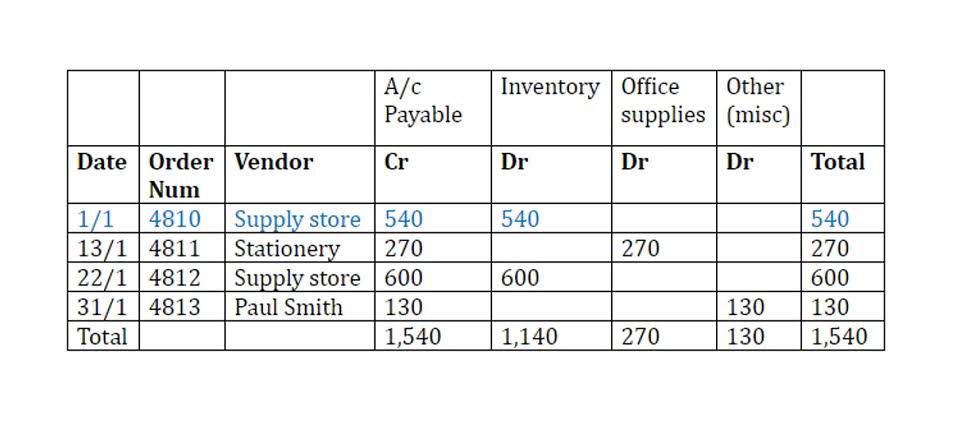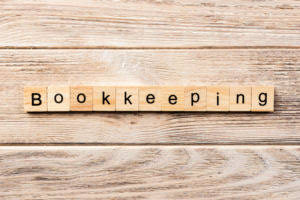
A company can also use salvage value to anticipate cash flow and expected future proceeds. Salvage value is also called scrap value and gives us the annual depreciation expense of a specific asset. It must be noted that the cost of the asset is recorded on the company’s balance sheet whereas the depreciation amount is recorded in the income statement. Book value is the historical cost of an asset less the accumulated depreciation booked for that asset to date. This amount is carried on a how is salvage value calculated company’s financial statement under noncurrent assets.
from our client care experts NOW!

The straight-line depreciation method is one of the simplest ways to calculate how much an asset’s value decreases over time. It spreads the decrease evenly over the asset’s useful life until it reaches its salvage value. Companies take into consideration the matching principle when making assumptions for asset depreciation and salvage value. The matching principle is an accrual accounting concept that requires a company to recognize expense in the same period as the related revenues are earned. If a company expects that an asset will contribute to revenue for a long period of time, it will have a long, useful life.
- However, determining the exact value of a salvage vehicle often requires some legwork.
- An estimated salvage value can be determined for any asset that a company will be depreciating on its books over time.
- As such, an asset’s estimated salvage value is an important component in the calculation of a depreciation schedule.
- The carrying value of an asset as it is being depreciated is its historical cost minus accumulated depreciation to date.
- To appropriately depreciate these assets, the company would depreciate the net of the cost and salvage value over the useful life of the assets.
- Some companies say an item is worth nothing (salvage value of $0) because they think it has paid for itself by making money over time.
Residual Value Explained, With Calculation and Examples
This means that not only do they get to utilize the asset over its useful life, they also get to recover funds for the asset when they are done using it. If you decide to buy your leased car, the price is the residual value plus any fees. She holds a Bachelor of Science in Finance degree from Bridgewater State University and helps develop content strategies. If we imagine that this value would be nil, there would be no chance of any reduction in depreciation. That’s why it’s wiser to go for zero value while applying depreciation CARES Act on the asset.
Moon Phase Soulmate Calculator Find Your Cosmic Match

It equals total depreciation ($45,000) divided by useful life (15 years), or $3,000 per year. This is the most the company can claim as depreciation for tax and sale purposes. Salvage value helps to figure out how much your old stuff is worth when Bookkeeping for Veterinarians it’s done being useful.

Depending on how the asset’s salvage value is changing, you may want to switch depreciation accounting methods and report it to the IRS. You must subtract the asset’s accumulated depreciation expense from the basis cost. Otherwise, you’d be “double-dipping” on your tax deductions, according to the IRS. Next, the annual depreciation can be calculated by subtracting the residual value from the PP&E purchase price and dividing that amount by the useful life assumption. Starting from the original cost of purchase, we must deduct the product of the annual depreciation expense and the number of years. Depending on your state, there may be legal standards setting the definition of a total loss for a vehicle.




